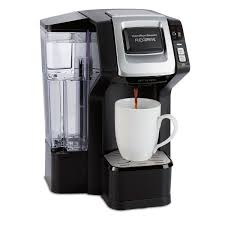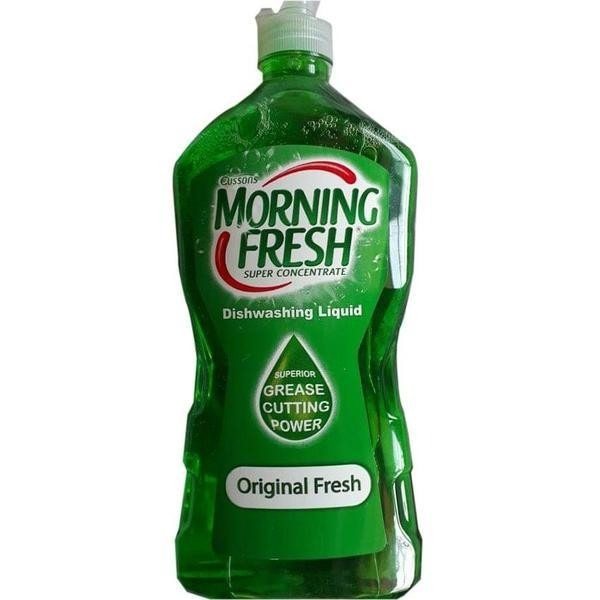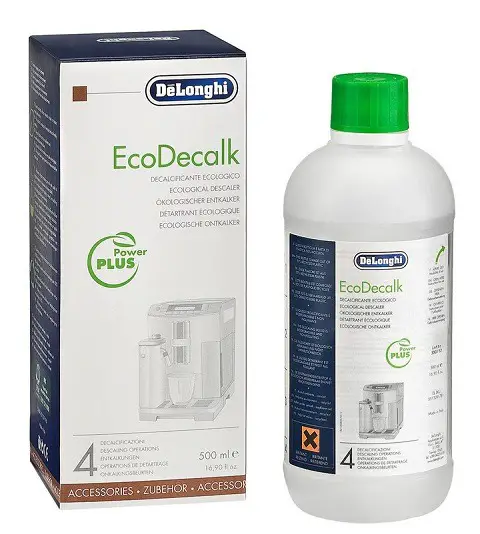How to Clean your Coffee Maker

For the coffee lovers, having your coffee machine functioning at optimum capacity ranks high in your list of priorities.
Having invested in what you felt is the best coffee maker, expecting the best coffee is a realistic expectation.
In order to get such functionality over an extended period of time, you need to learn how to maintain and clean your coffee maker properly.
A buildup of mineral deposits from water and coffee residue will affect your coffee’s flavor and clog the coffee maker’s components.
Over time, it might damage the efficient drip operation of the coffee maker. The grounds come with natural oils that water cannot remove.
You might also notice the coffee getting bitter if you do not clean up the brewing basket and other components frequently.
The damp surroundings of leftover coffee grounds can result in the growth of bacteria, mold, or yeast.
Scale, particularly if you use hard water, can narrow the brewer’s water channel and slow down the machine considerably if you don’t get rid of it.
Your coffee machine cleaning process needs to address all these concerns to ensure you get perfect results.
How often to clean your coffee maker
It’s important that you clean up the brewer after each use, getting rid of the coffee grounds and cleaning up the carafe, lid and basket.
You should do the deeper cleanup of descaling to get rid of scale at least every 3 months.
If there’s hard water in your house, or if you often fill the coffee maker’s water reservoir from a rinsed carafe (not cleaned), the residue might buildup faster. Because of this, it’s recommended to do a monthly cleanup.
Some brewers come with a visible or audible cleaning signal and which often goes before a forced time-out. You can prevent time-out by becoming active with upkeep.
Significance of cleaning your coffee maker
It is recommended that you take good care of home appliances. When it comes to a coffee maker, there are some reasons why you should give it top priority.
Are you aware that your kitchen is your home’s highest germ susceptible place?
Mainly, the warm and moist coffee maker is a good and highly dangerous germ thriving environment.
If you do not clean up the brewer frequently, it causes the machine to have leftover coffee, oil, mold, mineral deposits and bacteria.
In addition, it will lead to a buildup of limescale, which can decrease the brewer’s lifespan every day. It will also reduce the efficiency of the coffee maker.
Your coffee maker, whether it is a capsule machine, espresso or bean-to-cup will require frequent cleanup.
This is to make sure each cup of coffee it makes not only tastes as great as the last one but also has the aroma you would be expecting from the finest coffee.
Here’s how to clean your coffee maker on a daily, weekly and monthly basis.
Daily cleanup of the coffee maker
After every use of your brewer, there are a couple of cleanup steps you need to be taking.
This is to ensure that the machine will continue to work at its utmost performance, and the coffee it makes will taste superb and deliver the rich flavor you would expect.
Such daily cleanup activities include:
- If you aren’t using the appliance again that day, you should allow the reservoir to dry naturally by leaving it open. This can help in stopping the buildup of bacteria and mold.
- Before you refill with coffee, you should run a clean water cycle through the brewer. This helps in getting rid of any residue left from the earlier coffee cycle.
- Use a clean wet cloth for wiping the milk nozzle, before you blast steam through the nozzle to get rid of any residue.
- Throwing away any grounds and using running water to clean up the head. It is worth keeping in mind that you can use the coffee grounds in your garden for keeping snails and slugs out of the flowerbeds.
- Wiping off any spilled coffee or milk from the external parts of your coffee maker using a wet clothe.
Weekly cleanup of the coffee maker:
Cleaning up the coffee maker after every use can help in minimizing the bacteria within it, keep it clean and help in making sure the coffee continues to taste great.
However, to make sure the machine performs as its utmost performance, there are weekly cleanup chores you should do.
They include:
- Using a thin pipe brush or bottle brush for cleaning up the milk nozzle. While blasting steam through this milk nozzle after every use can help in keeping it clean, cleaning it up every week can help in preventing any clogging.
- Washing any detachable handles and fittings to help keep them functioning to their highest potential. This will make sure they are free from blockages, bacteria and dirt.

- Using hot, soapy water for rinsing and cleaning up the overflow tray. This can get rid of bacteria, dirt and coffee that have accumulated over the week. This will help in keeping your coffee maker bacteria-free.
Monthly cleanup of the coffee maker:
Over time, the buildup of mineral and other contaminants occurs, together with natural oils left behind by coffee. If left to accumulate, these will obstruct your next cup’s flavor.
However, it should not be hard cleaning up the coffee maker of such contaminants to help in keeping the machine functioning properly and coffee tasting good.
The right way of cleaning the coffee maker of any scale and other contaminants is descaling it, and you can do this through two techniques.
A solution of water and vinegar:
You should fill the water reservoir with equal parts of water and vinegar. After that, filter half the solution via the coffee machine.
As soon as half the solution has passed through, turn the appliance off for 30 minutes, before you use the rest of the solution to finish the process.
Specialist products for descaling:

There’s an array of descalers in the market, from tablets to liquids. In addition, each of these products is equally as effective at getting rid of limescale particles from the coffee maker to help in keeping it functioning properly.
To maximize the efficacy of the descaling products, you should adhere to the instructions on the package.
While adhering to the appliance cleanup tips above can help in keeping the coffee maker functioning great for longer, making sure it continues making the finest coffee, you can use filtered water to further improve the brewer’s cleanliness.
A lot of benefits come with using filtered water not only to the coffee maker itself, but also your health and your coffee’s taste.
If you’ve got a stained carafe or coffee mug, you can also use vinegar technique to clean. Simply ensure that you use warm soapy water to clean it up or put it in the dishwasher later, at least the parts of it that are dishwasher safe.
It is important to keep the brewer clean to make sure it maintains the finest tasting coffee. And the great news is that it isn’t only simple but there are many easy ways of performing it as well.

